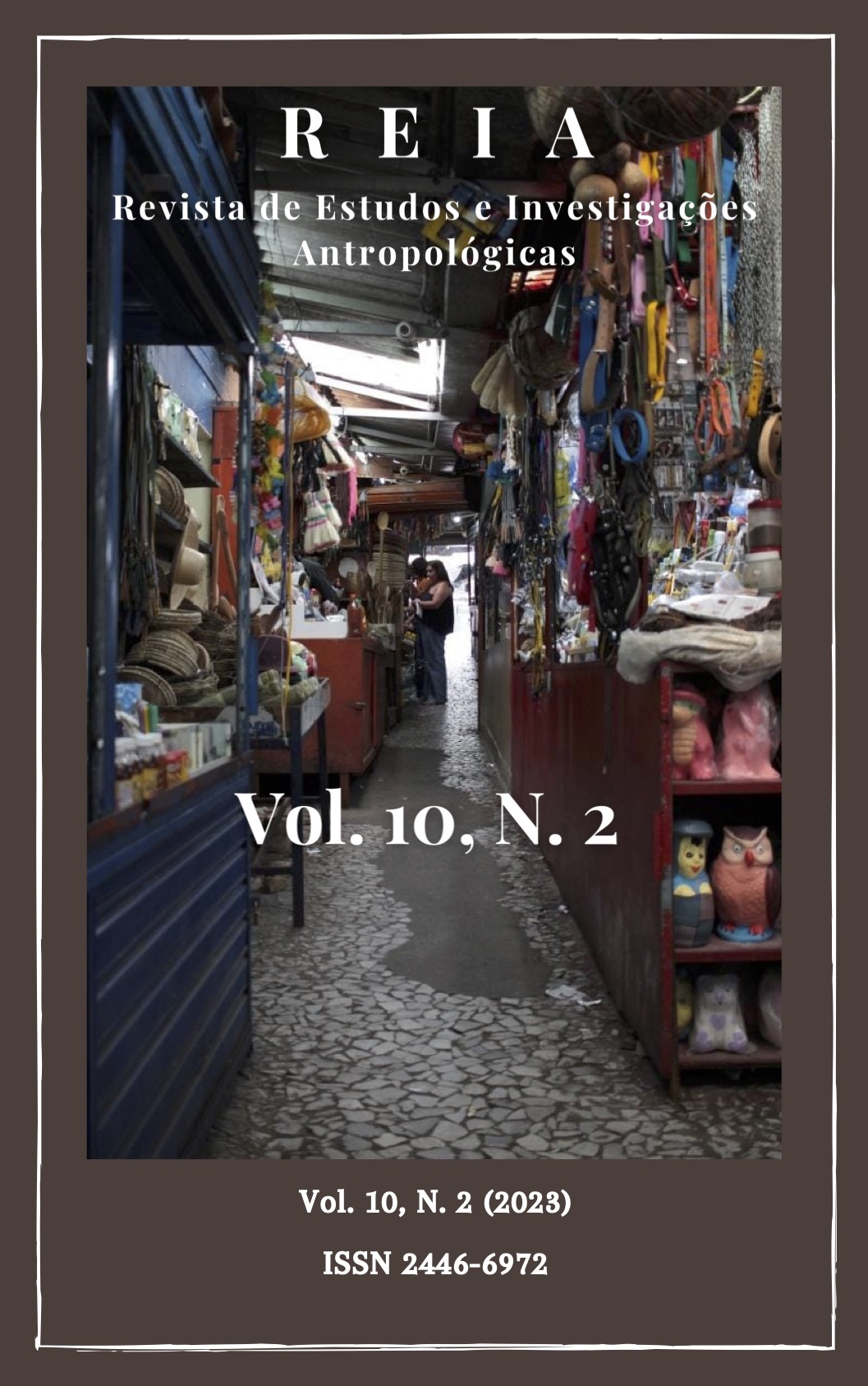Crowded Paradise: about other areas of Lençóis Maranhenses
Abstract
The composition of the images of Lençóis Maranhenses commonly projects the idea of paradise configured from dunes, crystal clear lagoons, spectacular sky, suggesting a natural, empty, obvious place (BARTHES, 1990). It thus operates in the construction of a pristine nature, simplifying or erasing the human existence of the traditional communities that live there, disconnecting it from political-economic issues related to its own production as a unique tourist destination.
Portrayed through the eyes of tourists, such images help to consolidate a model of contact and consumption of nature through contemplation, at the same time that they reinforce the idea of an untouched nature (DIEGUES, 2008) for that conservation unit, created in 1981, by Decree Nº. 86.060.
Produced on a photographic level, the framing of these images is marked by the selection of some natural elements – dunes, lagoons, blue sky and sunset – that give a scenic character, and of performances and poses that strive to exhibit an exclusive possession, giving the idea that they are alone in that immensity.
These common images that fill social networks and other search sites allow us to look, anthropologically, at the problem of the construction and reproduction of a landscape that distances itself from what exists and is experienced daily by the local populations of the Lençóis Maranhenses National Park – PNLM, and is being designed as a completed form and conducive to contemplation, when referring to a tourist place. Here we perceive the historical permanence of the sense of landscape as a pictorial representation as a setting with striking and fixed elements, confining the world within the scope of its surfaces (INGOLD, 2015; CAUQUELIN, 2007).
Therefore, I position my camera (Canon EOS Rebel T7) in the direction of the tourists and accompany them on two of the PNLM's most popular tours, which are the Circuito da Lagoa Azul and Lagoa Bonita, in Barreirinhas, with some questions in mind: what doesn't appear in the iconic scenes of tourists alone amidst the vastness of dunes and lagoons? Why doesn't the crowd of others who are in that place that is conventionally called paradise appear in the scenes?
In this way, the set of photographs in this essay, which I titled “crowded paradise” can make us perceive other dimensions of the reproduction of images that are forged by the tourist’s gaze, through a certain framing of natural elements – white dunes, lakes of turquoise and emerald green, blue sky and apotheotic sunset –, from a certain angle – generally alone facing the horizon and with their back to the viewer – and from a certain plane – panoramic, with an infinite background weaving a place experience that will remain in your memory.
Inspired by the photographic work on tourism by Martin Parr[1] and the ingoldian perspective (INGOLD, 2008; 2015; 2022) on the perception of the environment, I record other framings of the landscape as a way of reflecting on the movement and texture that emerge through tourists' walks. who follow their tour guide in line, painting lines, marks, flows and disputes on the ground that do not appear in the instagrammable images that do not allow the other, as it is the celebration of the self alone consuming nature. A crowded paradise is not good for picture frames.
[1] Martin Parr’s photographic series is “The Last Resort”, from 1986. See Williams (2014).
Published
Issue
Section
License
Direitos Autorais para textos publicados na Revista de Estudos e Investigações Antropológicas são do autor, com direitos de primeira publicação para a revista. No caso de submissão paralela a outro periódico, o texto em questão será excluído imediatamente do processo de avaliação e não será publicado na Revista de Estudos e Investigações Antropológicas.


